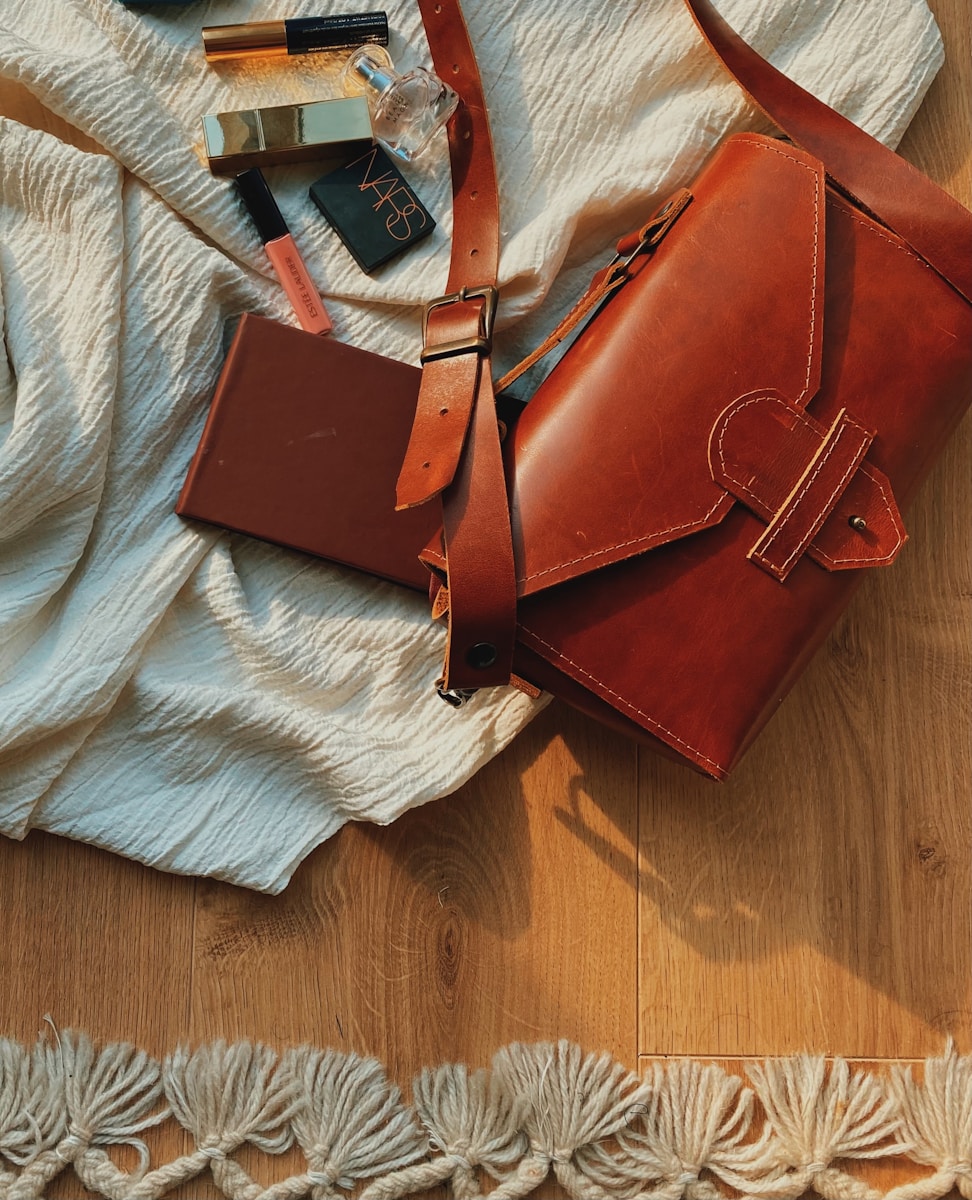Introduction: The Rise of the Big Bag
Every era has its signature accessories. The 1920s had beaded clutches, the 1960s boasted miniskirt-friendly crossbodies, and the 1990s swore by shoulder bags no bigger than a paperback. Today, though, the oversized bag reigns supreme. From runway-ready totes to sturdy canvas carryalls, big bags have become both a fashion statement and a survival tool. They aren’t just about holding stuff—they’re reflections of our restless, multitasking, always-on-the-go lifestyles. The oversized bag is less an accessory than a portable ecosystem.
A Cultural Shift: Why We Carry More
It’s no accident that oversized bags gained popularity in the 21st century. Life itself got bigger, faster, and more demanding. Work often spills into personal hours, meaning laptops, chargers, and notebooks need to be on hand. Fitness culture surged, adding sneakers, water bottles, and post-gym essentials into daily loads. Parenting requires snacks, toys, and emergency kits; students haul books and tech; commuters pack for unpredictable days. In a world where the line between work and leisure is blurry, carrying it all feels necessary.
Fashion, ever responsive to culture, mirrored this change. Designers saw that the micro-bags of the 2000s were charming but impractical for anyone juggling real responsibilities. Enter the era of the tote, the hobo, and the massive structured shopper: bags that look chic while swallowing entire schedules.
The Aesthetics of Scale
Oversized bags don’t just serve practical needs—they change proportions and alter silhouettes. A large tote slung casually on the shoulder can make even the simplest outfit look intentional, while a giant hobo bag softens sharp tailoring with its slouch. There’s an inherent drama to scale: a tiny clutch whispers discretion, while an oversized bag announces presence.
Designers play with this balance. Céline’s famous oversized Cabas totes were about more than carrying capacity; they redefined minimalism, showing that “big” could also mean sleek. The exaggerated Balenciaga City bags of the early 2000s gave downtown edge to celebrity style. Even utilitarian bags like Fjällräven backpacks or IKEA’s blue shopper became cult icons, proving that scale itself can become a fashion language.
Practicality Meets Style: The Everyday Workhorse
The charm of oversized bags lies in their versatility. They can handle the practicalities of life without sacrificing style. A good oversized bag should be strong enough for a laptop, stylish enough for a meeting, and comfortable enough for a day of errands.
Structured totes (like those by Saint Laurent or Everlane) bring professionalism and clean lines, perfect for office-to-dinner transitions.
Slouchy hobos and bucket bags radiate relaxed ease, ideal for weekends.
Canvas or nylon shoppers offer durability and weather resistance, making them urban staples.
The oversized bag is like a Swiss Army knife: not always glamorous up close, but indispensable once in hand.
The Psychology of “Carrying It All”
Big bags satisfy more than physical needs—they speak to psychology. Many people find comfort in preparedness, the sense that whatever the day throws at them, they’ll have the tools to handle it. Oversized bags act like portable safety nets.
This mentality is especially visible in cities, where long commutes make returning home impractical. A giant bag stocked with snacks, notebooks, and even an extra sweater creates a mobile version of home. In that sense, oversized bags are not just accessories but metaphors for self-sufficiency in uncertain times.
Pop Culture and the Oversized Bag
Cultural moments have cemented oversized bags as icons. Mary-Kate and Ashley Olsen, queens of the early-2000s boho look, were rarely photographed without enormous Balenciaga or Hermès bags swallowing their frames. These images helped rebrand large bags as symbols of effortless chic rather than clunky necessity.
Television and film have played their part too. Think of Miranda Priestly sweeping into The Devil Wears Prada with commanding totes, or the countless romantic-comedy heroines juggling oversized purses that spill their contents at inopportune moments. In pop culture, oversized bags often symbolize busy, ambitious lives—sometimes messy, but always full.
Design Innovations: Making Big Bags Smarter
Carrying more doesn’t have to mean chaos. Designers have learned that the success of an oversized bag lies in its organization. Multiple compartments, padded laptop sleeves, and zippered pouches now distinguish the best oversized bags from black holes. Luxury brands like Loewe or Prada combine craftsmanship with smart design, while everyday labels like Baggu and Herschel focus on accessible, durable solutions.
Sustainability has also entered the oversized bag conversation. Recycled nylon totes, vegetable-tanned leather shoppers, and even bags made from ocean plastics are reshaping what “carry it all” means. Now, it’s not just about fitting your life inside a bag—it’s about making choices aligned with values.
The Criticism: Too Much of a Good Thing?
Not everyone loves the oversized bag. Critics argue that carrying too much leads to physical strain—shoulder pain, bad posture, and cluttered habits. There’s also a symbolic critique: oversized bags sometimes reinforce the expectation that people (especially women) should be endlessly prepared, carrying everyone else’s needs as well as their own.
The recent resurgence of micro-bags—some barely large enough for lip gloss—was partly a reaction to this. Designers like Jacquemus pushed extremes, celebrating impracticality as a playful rebellion against functionality. These tiny bags challenged the idea that usefulness is fashion’s highest value. Still, as delightful as a micro-bag may be for a party, it cannot replace the oversized bag in daily life.
Global Perspectives: Bags as Cultural Statements
Oversized bags take on different meanings in different contexts. In Tokyo, structured oversized backpacks reflect the city’s love of order and efficiency. In Lagos, vibrant patterned totes double as both fashion and function, blending personal expression with community traditions. In New York, oversized leather shoppers symbolize urban hustle, while in Paris, a slouchy oversized bag signals nonchalant sophistication.
The global language of the oversized bag reveals not only how people carry their lives but how they present themselves to the world.
The Future of Oversized Bags
What lies ahead for oversized bags? Likely, innovation in sustainability, modularity, and hybrid design. Imagine a tote that converts into a backpack, or a bag with built-in charging capabilities. Tech integration—already seen in some luxury designs—will likely expand, turning bags into mobile offices.
At the same time, nostalgia for simplicity may keep classic oversized silhouettes alive. The canvas tote will probably never disappear, nor will the slouchy leather hobo. The oversized bag is too deeply tied to our contemporary lifestyle to fade entirely. Instead, it will evolve, reflecting both fashion’s cycles and society’s shifting needs.



